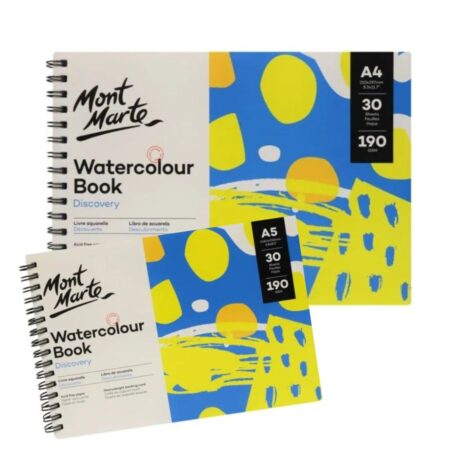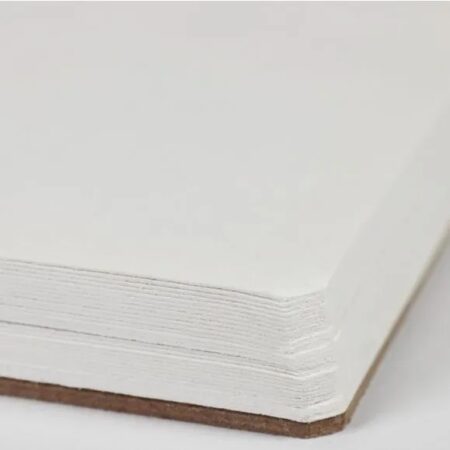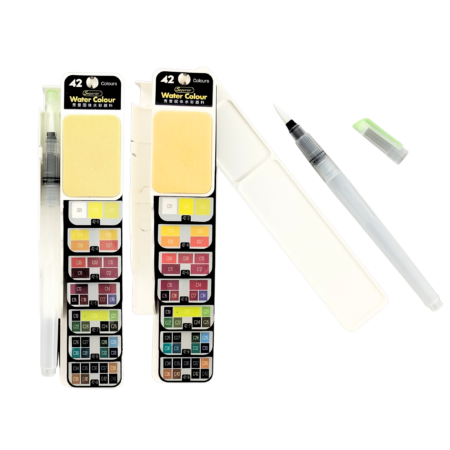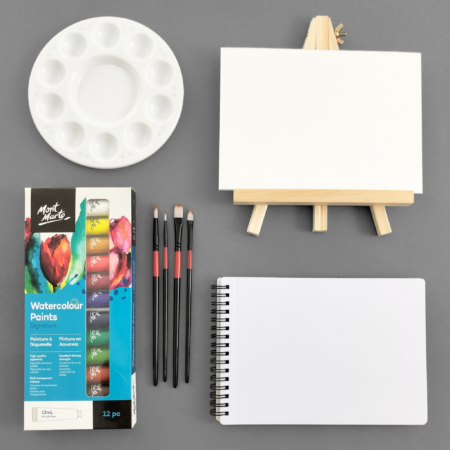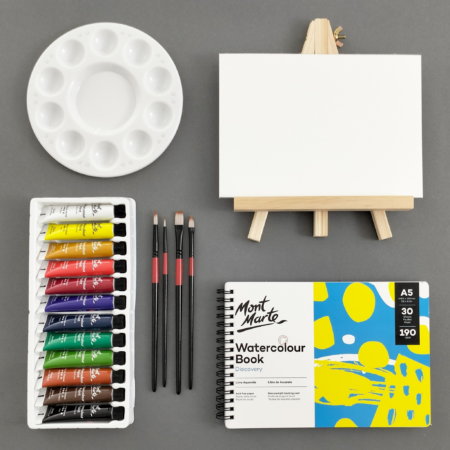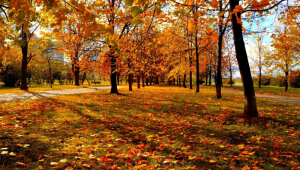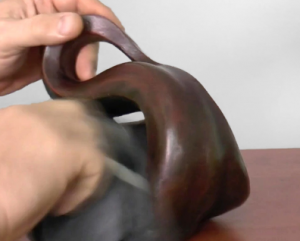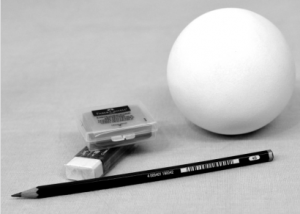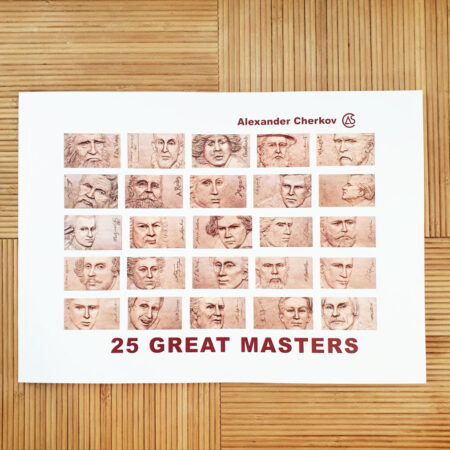Watercolor painting is one of the oldest and most popular painting methods and has fascinated artists for generations. It is the most common medium for painting in Far Eastern countries, such as China, Japan and Korea. Watercolors are very compact, easy to use and dry quickly, so they are considered a preferred medium for painting outdoors.
Child-friendly watercolors and also loved by adults, highly recommended for beginner painters. You should know the properties of watercolors and experience for yourself.
Facts and properties of watercolors
- Watercolors, also called watercolors, consist of pigments, water and gum arabic for thickening and drying. They come in a solid state or with paint flickers, in addition there are water-soluble pencils and markers that can create a watercolor-like effect.
- Watercolor paints are diluted using water only and spread easily. They dry quickly and the shade clears by about 50%. They can be melted again after drying.
- Watercolors are the most transparent and delicate colors available, and several layers of paint are needed to achieve an opaque shade.
- Watercolors are suitable for painting media and blend great with pastel, gouache and acrylic paints.
Emotional dimension and personal expression that allow watercolors
Working with watercolor paints requires skill, focus and inner discipline, alongside spontaneity in movements that result from excitement, release and breathing. Watercolor colors express airiness, lightness, movement, flow, light and transparency. They summon an aesthetic spiritual experience, through the connection created between body, emotion and thought.
Watercolor painting - equipment and related materials
- Painting substrates - almost any type of surface (except water-repellent materials); Wall, cardboard, canvas, watercolor paper and more.
- easels - depending on your preferred way of working; A desktop easel for sitting drawing or a standing easel for standing drawing. painting outdoors, in nature or urban; A drawing board resting on the arm.
- Color mediators - brushes with soft Sobel fibers or synthetic fibers. The size of the selected brush depends on the size of the substrate and the painted image. The quality of the brushes is not significant because the brush hair that is torn off during the painting can be easily removed from a dry painting. There are brushes with a built-in water tank that are ideal for watercolor painting at home or outdoors.
- Palette for colors - it is recommended to dilute and mix watercolors in a palette with small holes. Most of the solid watercolors come with a palette that is convenient to work with.
- Water spray - you can use water spray to wet the painting substrate before starting the painting or during the process.
- Adhesive paper - to demarcate the borders of the drawing. Not sellotape, but real paper, such that it can be easily removed from the drawing surface at the end of the work and give the drawing a framed and aesthetic appearance.
In addition, you must be equipped withGlass jar To water and brush immersion, Fiber-free cloth Or absorbent paper for wiping the brushes.
How to use and the process of working with watercolors
Watercolor paints come in dry paint cubes inside flasks, dissolved in contact with water, or in damp paint tubes, which can be diluted with water or smeared directly on the painting substrate. In addition, watercolors can come in water-soluble pencils, which contain pigment or graphite that respond to moisture and humidity.
On a wet canvas, the use of watercolor pencils is similar to the effect created with a brush. By using a wet brush on drawing with watercolor pencils, you can achieve a watercolor effect. You can also spray with water spray a drawing drawn with water pencils to get a watercolor drawing effect. In addition, by wetting the tip of the pencil, you can achieve the effect of a soft line with a uniform and strong shade. When using a watercolor pencil while it is dry on a dry work surface, a product similar to a drawing with colored pencils will be obtained.
When used with water, different levels of transparency can be created up to an opaque layer in watercolor paints. You can work in several layers to achieve complexity of color and texture. When the painting is finished with watercolor paints and dried, in order to protect the painting from moisture and weather damage, it is recommended to frame under opaque glass.
Watercolor painting tips and recommendations:
- Before starting with color painting, it is advisable to experiment with drawing. Knowledge of drawing is the basis for painting in color and will help you achieve more convincing and accurate results. When you start a new painting, it is advisable to make a preliminary sketch, this will make it much easier for you when you move to paint. When creating a sketch for a watercolor painting on canvas, use a water-soluble pencil.
- You should know the Principles of color theory, What are the primary colors and what are the complementary colors and how to treat them in painting. The knowledge will help you create the illusion of three-dimensionality and depth in color painting.
- You should start with layers of light watercolor paint diluted with water. Gradually add darker and thicker layers of paint.
- Working with watercolor paints requires skill in brush placement and the amounts of paint acquired with experience, as mechanical movements will make the paper cloudy and the paint stains will lose their luster.
- It is recommended to mix the colors to the desired shade on a separate plate and only then apply in the painting. Used with colored water pencils the paint can be prepared on a separate piece of paper and wetted. It is recommended to use a knife to cut and scrape the paint from the pencil into a powder and then mix with water.
- In order to create a different distribution of the paint layer, you can moisten the substrate and apply the paint. To erase a layer of paint, you can wet the painting substrate with water until the entire layer is removed.
- To create a perfect circle with volume (illuminated at the front), you can paint the edges of a round vessel (drinking glass, bottle cap, etc.) with a thick watercolor paint, seal on a painting substrate, and with a clean and wet brush apply the paint to the face of the circle.
- Used with oil pastel paints, a combined effect can be created, given the fact that oil and water do not blend. For example, a light oil in a pastel white oil color, on a balloon or ball in watercolor colors in different colors.
- At the end of the painting with watercolors you can add and paint with black marker or soft pastel colors. Ideal for painting a background with watercolors and adding objects and contours using other colors.
- Watercolor painting Suitable for painting outdoors, on roads and hiking. Watercolors come in a compact package, do not get dirty and dry quickly. When you go out to paint outdoors it is recommended to use a brush pen. This is a special brush that has a built-in tank for filling water and is therefore convenient to paint anywhere.



